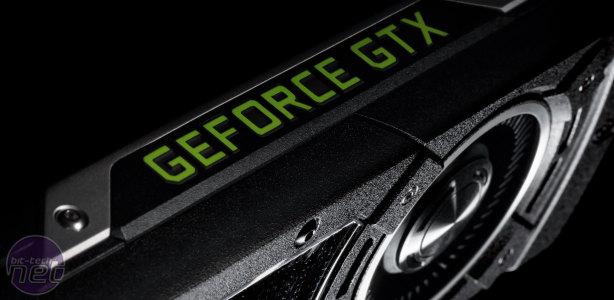
Conclusion
The GTX Titan X does exactly what it set out to do, namely to be the fastest single GPU card around for gamers, a title that it may well hold for some time. The GM200 GPU is both phenomenally powerful and wonderfully efficient, as the power consumption figures show. It's also impressively quiet, although it isn't silent – we'd definitely recommend water-cooling it when waterblocks are available, both for improved noise levels and overclocking potential. After all, if you're spending this much on graphics hardware, you may as well go the whole nine yards.While pricing has only been given for the US market at the moment, at $999 it's the same launch price as the original Titan, so pricing for the GTX Titan X here should be around £850 including VAT. Of course, for anyone who cares slightly about price-performance, the GTX Titan X is not a good investment; even at £800, it would be double the price of a GTX 980, while offering just 40 percent more performance. From AMD's side, two R9 290Xs or an R9 295X2 (available for as low as £518 now) would also offer more performance for a lot less cash, albeit with much higher power consumption.
Part of the justification for the GTX Titan's inflated price tag at the time was its comparatively large frame buffer and its accelerated double-precision performance. After all, the GTX 780 Ti launched with more cores, but with half the memory and capped double-precision performance and it was £300 less. While GTX Titan X does have a very large frame buffer, this latter aspect has been lost, so even from this perspective it seems the pricing is very out of line.
...And yet, none of that really matters, and Nvidia knows it. It knows from its own data that many of the people who bought GTX Titans did so just for gaming, despite the terrible price-performance ratio, and many more will do so again here. As such, while it may be cheeky to trade on the Titan family's name while taking away what makes a Titan a Titan, the target audience of this card is unlikely to mind. This is the elite card for supercharged, top of the range systems and for people that have to have the best of the best no matter what. The card is very well engineered and it does perform like a beast, and for many that's all that will matter. The fact that it's a single GPU card is also likely to appeal to those who prefer to avoid doubling up cards and relying on game profiles to tap into the horsepower of the second card.
The GTX Titan X also leaves Nvidia in a very good position when it comes to competition from AMD. There is a massive gap between GTX 980 and GTX Titan X, in terms of both performance and price. This means that whatever form the R9 390X from AMD takes, Nvidia is likely to have a suitable answer up its sleeve by utilising GM200 cores with partially disabled units to make a GTX 980 Ti, perhaps with 6GB VRAM instead of 12GB. As we said before, this is still us speculating, but Nvidia certainly isn't letting up the pressure on AMD – let's hope the red team comes out fighting strong.

-
Performance40 / 40
-
Features27 / 30
-
Value12 / 30


MSI MPG Velox 100R Chassis Review
October 14 2021 | 15:04










Want to comment? Please log in.